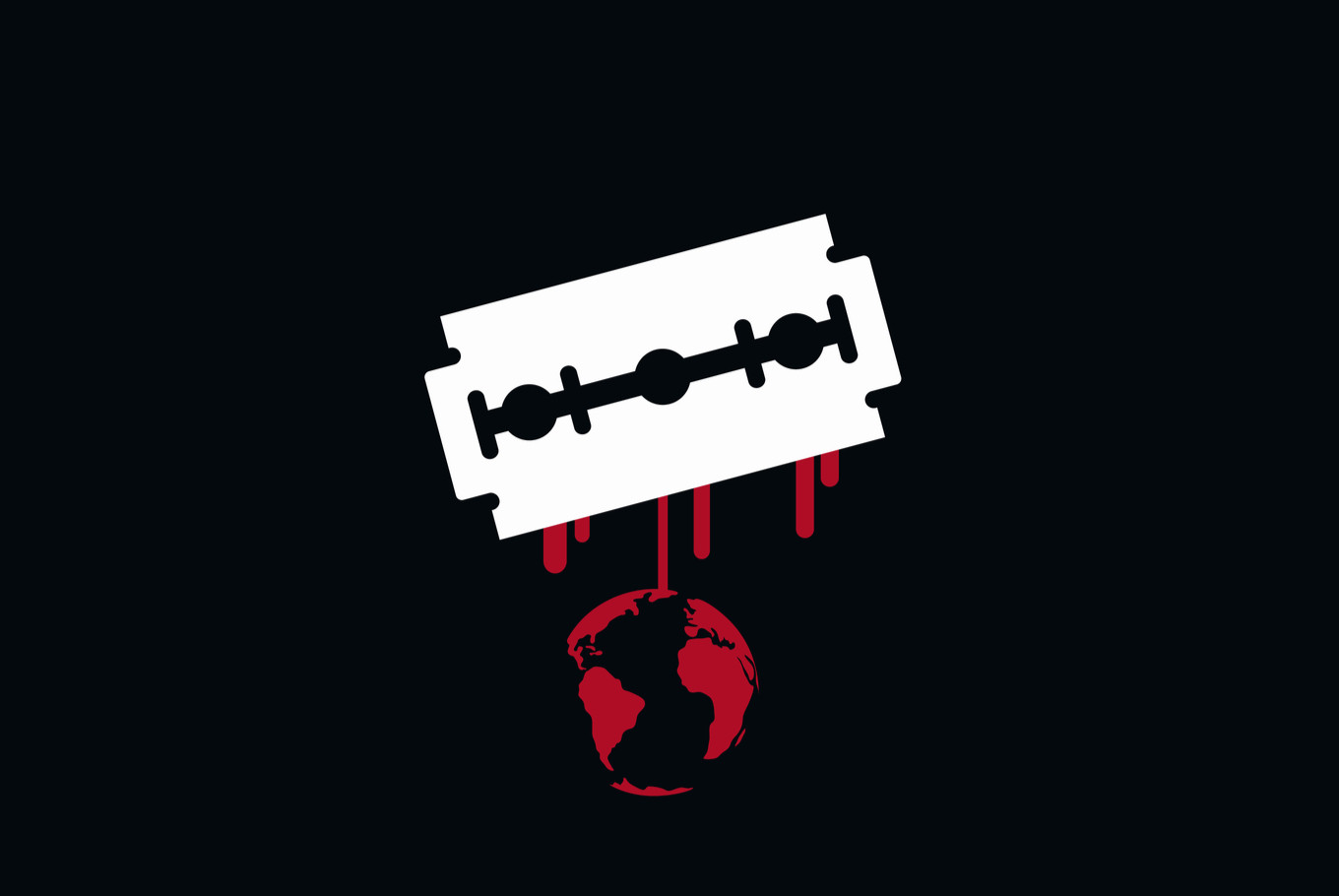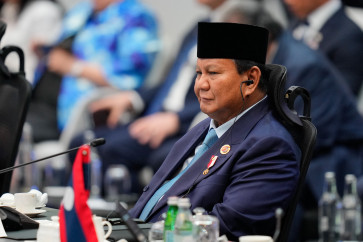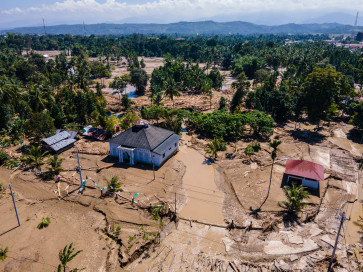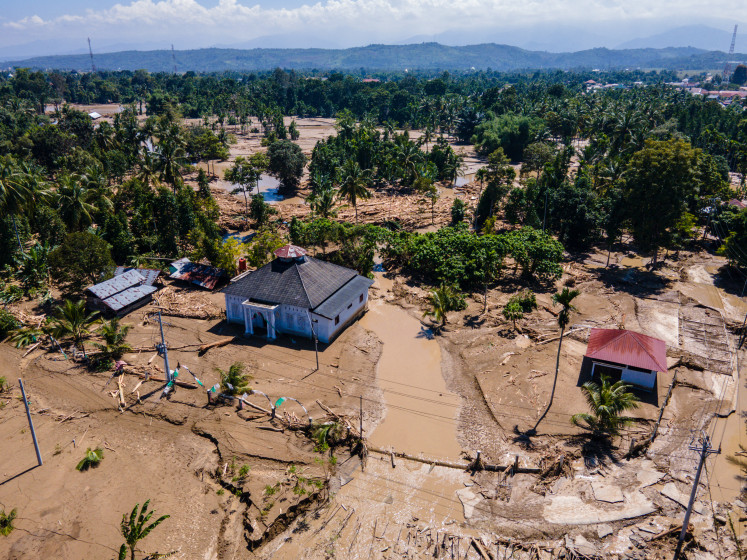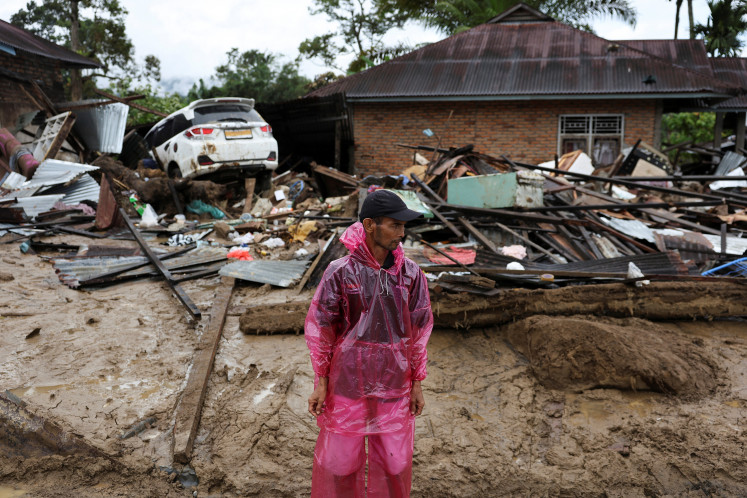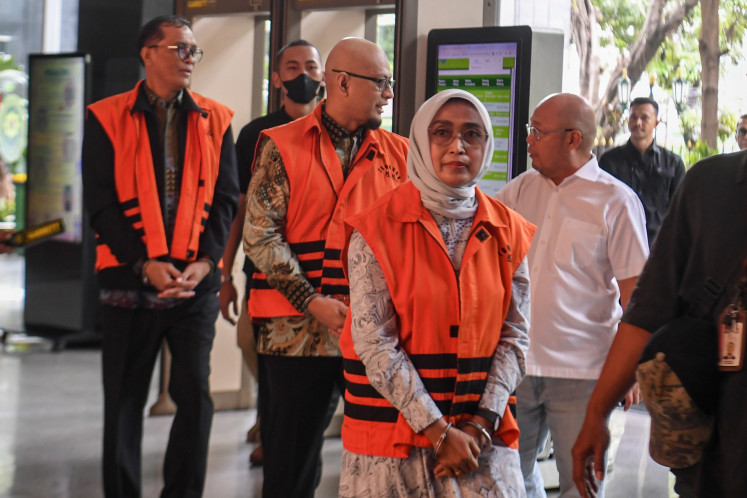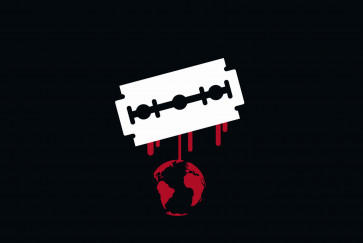Popular Reads
Top Results
Can't find what you're looking for?
View all search resultsPopular Reads
Top Results
Can't find what you're looking for?
View all search resultsMidwives caught between law and tradition on female genital mutilation
Studies indicate that the tendency toward medicalization in Indonesia is driven by people’s belief that there is a social and religious obligation to circumcise girls.
Change text size
Gift Premium Articles
to Anyone
A
t a regional public hospital, a nurse encountered a baby less than 40 days old whose vagina was swollen, half her labia missing and black clots of blood present. The mother brought the baby to the hospital because the child was having seizures after being circumcised by a paraji (traditional healer). Sadly, the baby’s life could not be saved, but the death was reported as a case of infection, without mentioning that the cause was Female Genital Mutilation (FGM/C).
This incident occurred a while back, maybe one or two years ago. But similar incidents are far from rare, though they are seldom publicly reported or noticed by the media. Had the media raised this case as a tragedy at the time, the campaign for the eradication of female circumcision in Indonesia would have been easier.
In many countries, especially in Africa, campaigns for eradication of female circumcision succeed when the public becomes outraged and swears to end violence against girls and babies in their country.
Ironically, the difficulty in recognizing female circumcision as gender-based violence stems from the prevalence of its medicalization (FGM/C). In the common understanding, medicalization is seen positively, a necessary medical procedure for health. But internationally, medicalization is problematic because it brings procedures that are culturally or socially driven into the domain of healthcare, fundamentally altering the role of medical professionals.
Medicalization is a process whereby problems, behaviors or social phenomena not previously considered medical become conditions that require medical diagnosis and treatment, with the belief that this will be healthier.
This year, the United National Population Fund (UNFPA) conducted ethnographic research in six regions in Java and West Nusa Tenggara about medicalization of female circumcision as performed by midwives or healthcare personnel. Such an ethnographic study is considered necessary to understand the narratives underlying survey results revealing the high prevalence of medicalization of female circumcision by midwives.
The 2024 National Survey of Women’s Life Experience (SPHPN) stated that the role of midwives in medicalization of FGM/C is dominant, accounting for 45.8 percent of cases. Meanwhile, several qualitative research studies indicate that the tendency toward medicalization is driven by people’s belief that there is a social and religious obligation to circumcise girls, yet the practice is also overshadowed by fears that circumcision may cause damage to female genitalia, whether performed by traditional midwives or by healthcare personnel.

